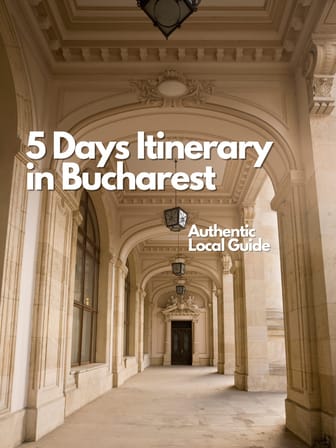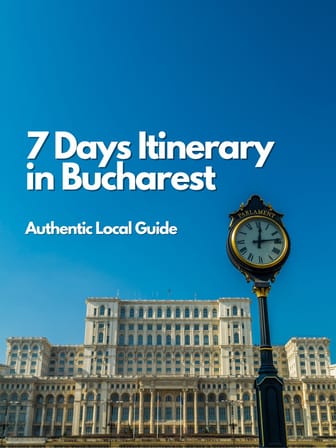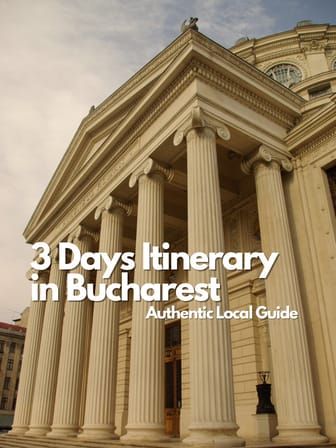The National Museum of the Romanian Peasant
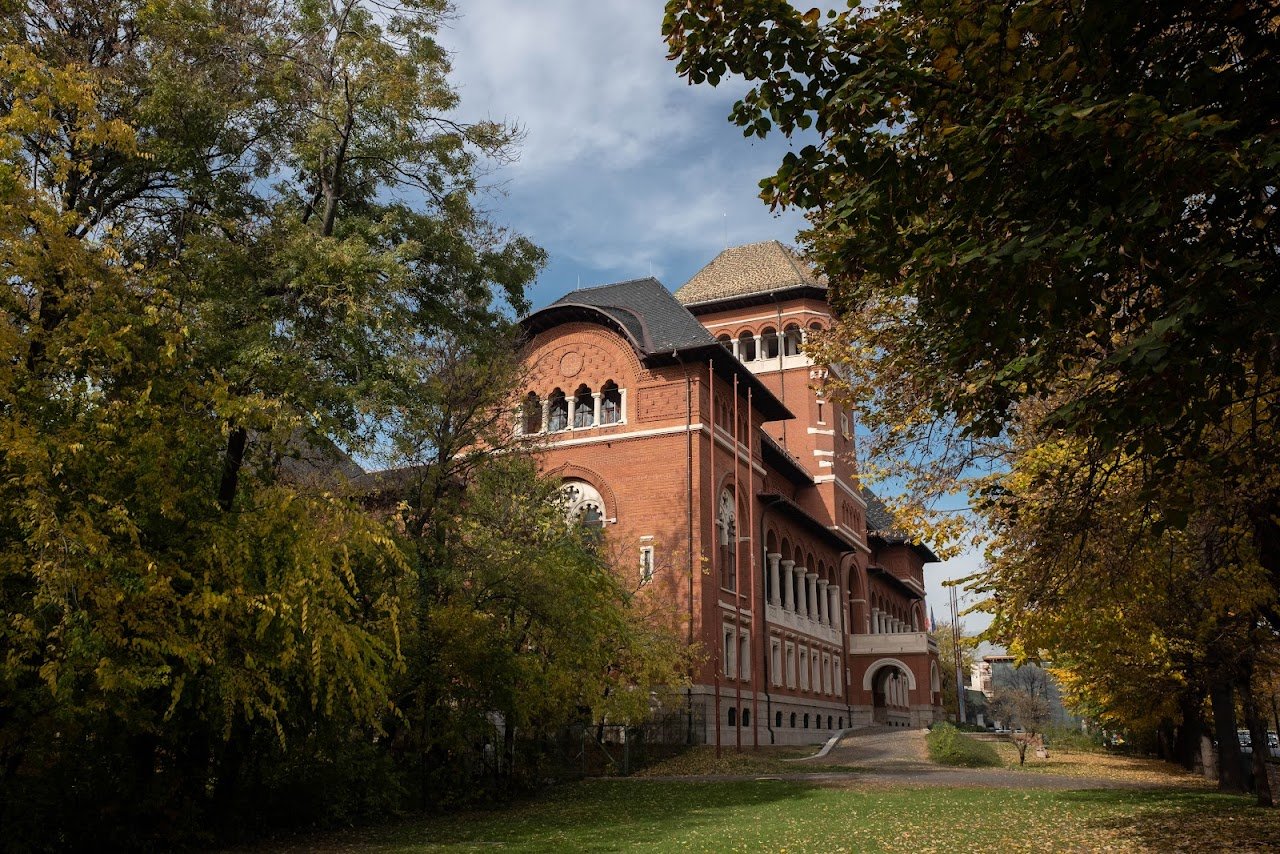
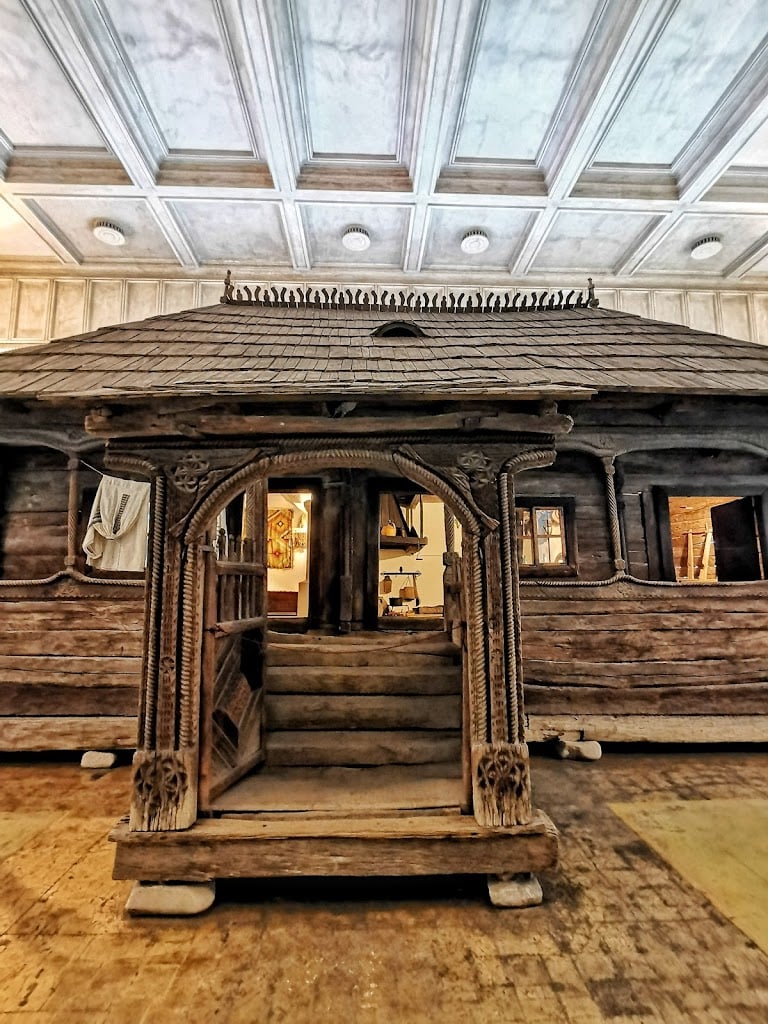
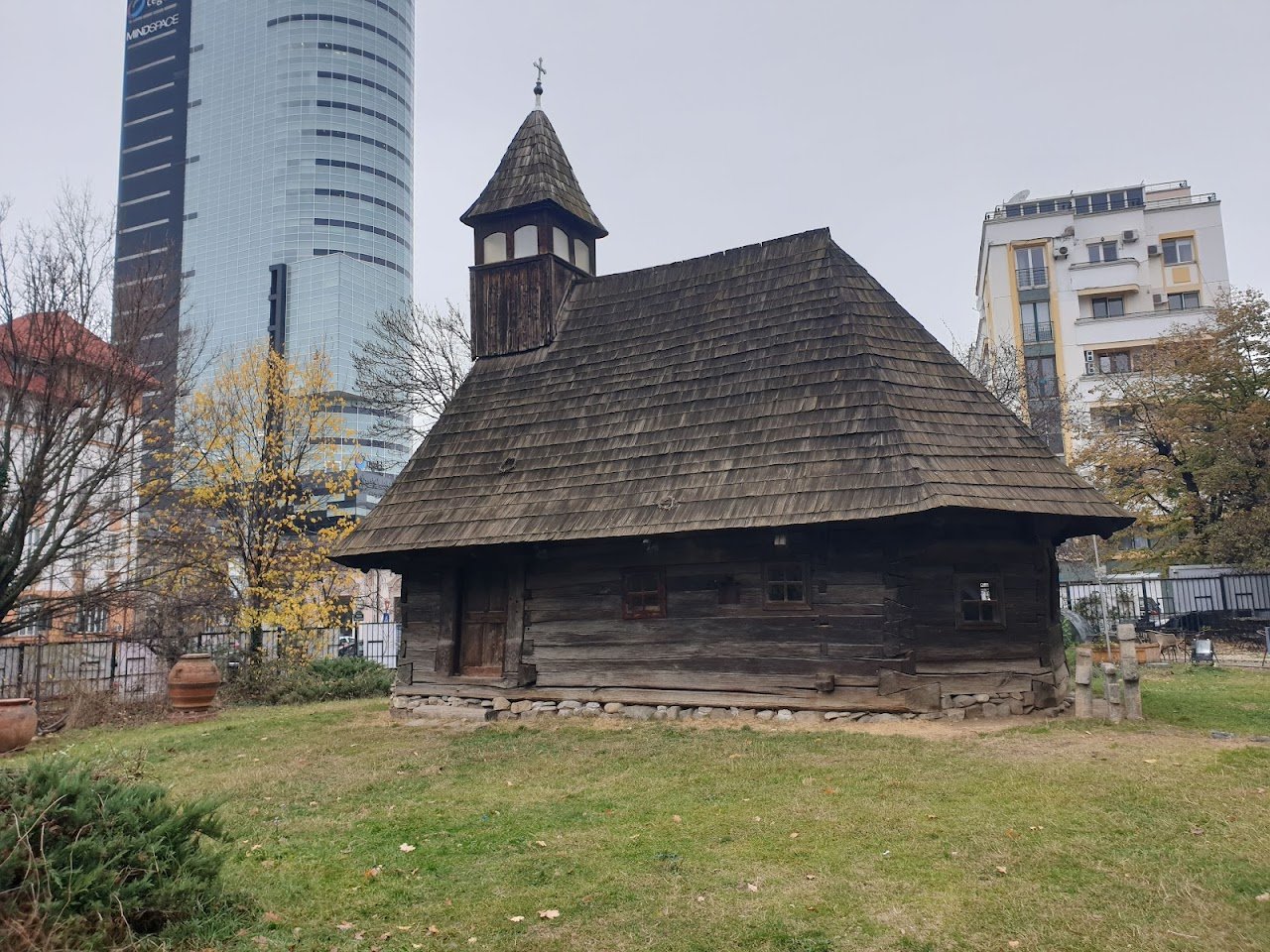
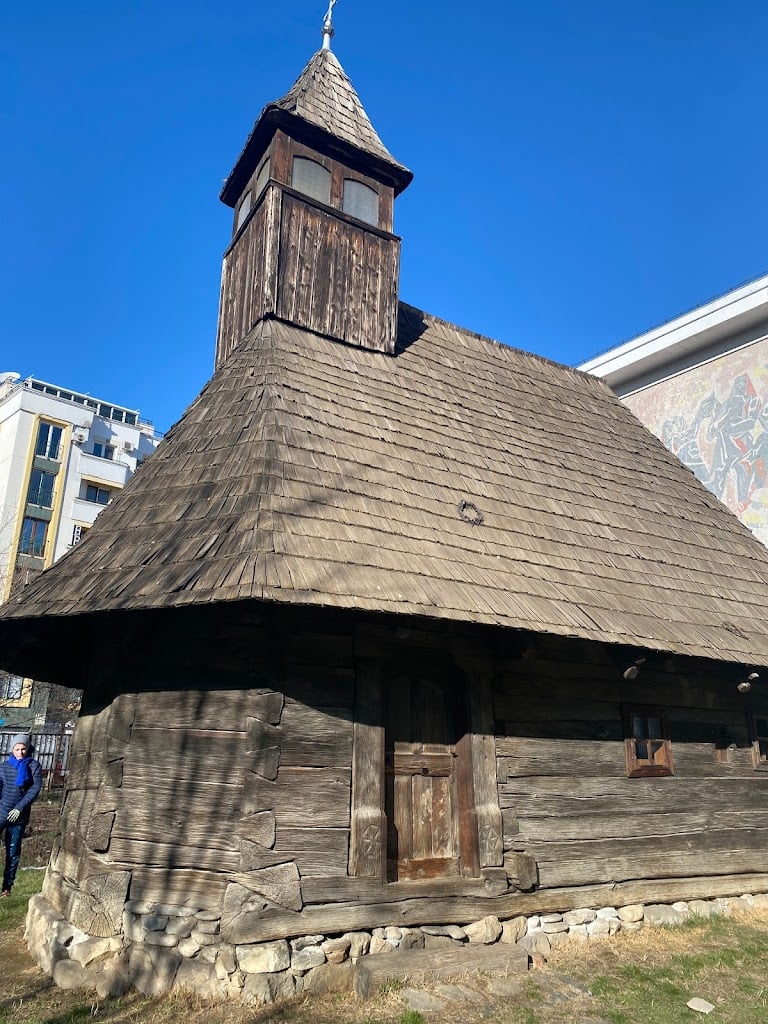
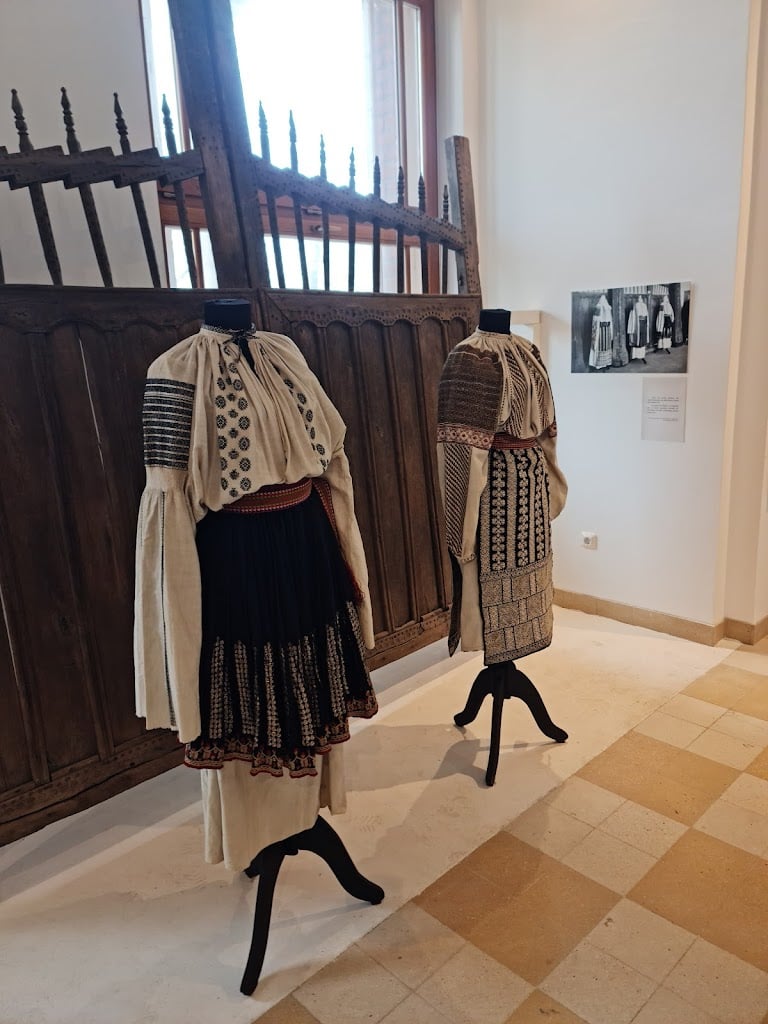
Ask ThatchGPT
Suggest a local expert to plan my trip
Suggest an unique itinerary for my Romania trip
What foods do Romania locals eat
What are some true hidden gems in Romania
Help me brainstorm trip ideas for Romania
Help me plan a family-friendly trip to Romania
What people say
Pedro Pereira
Available for hire
"Peasant art - always in step with the times
The Museum of the Romanian Peasant or MȚR, as it is known among Bucharest residents, is more than a Romanian ethnographic exhibition – it is an idea, a concept that anchors man both in the present and in the past.
Located on Kiseleff Road, near Piața Victoriei, it integrates the culture of the village, represented by vast collections of peasant objects, in the consciousness of the townspeople, attracting their attention with special cultural events and activities, with the fascinating history of the museum and last but not least with food, drink and good music!
The concept preceding the museum
Not long after the unification of the Principalities, the idea of "man from the country" acquires an extraordinary symbolic charge at the level of the national identity of the Romanians. As a result, Alexandru Ioan Cuza, in 1863, in an attempt to reduce the competition of foreign products by opening an exhibition of peasant products at the Obor, gave rise to whole series of other national and international exhibitions or personal collections with the same theme - the Romanian peasant .
The need to build a national museum to house Romanian handicraft objects soon appeared. Thus, after several failed attempts to establish a museum in the true sense of the word, in 1906, the art historian Alexandru Tzigara-Samurcaș ends up at the helm of the Museum of Ethnography, National Art, Decorative Art and Industrial Art located on the site of the old state mint . In 1912, Tzigara communicated to the architect Nicolae Ghica-Budești his vision for the new building that was to house the Museum of Ethnography and National Art, and later the "Carol I National Art Museum", namely, to be "a palace of earthly art ".
The vicissitudes of the times
The construction of the building encountered countless obstacles that prolonged its completion until 1941 when the present image of the museum was finalized. Among the people of Bucharest, the new neo-Romanian style museum was known as the Road Museum. After the Second World War - during which the "palace" was in danger of becoming a barracks for the Soviet army - under the empire of the communist regime, in 1948, Alexandru Tzigara-Samurcaș was removed from the position of director of the museum.
Since 1953, the building has operated, successively, under several names: the Lenin-Stalin Museum, the Museum of the Communist Party and the Museum of the History of the Communist Party and the Revolutionary and Democratic Movement in Romania. The museum's collections stayed for a while in the premises of the Popular Art Museum of the Socialist Republic of Romania (the current Palat Știrbey) led by Tancred Bănățeanu, then they were hidden in the warehouses of the Village Museum.
Only after the revolution of 1989, the collections returned to the re-established Museum of the Romanian Peasant whose director, appointed by the minister of culture at the time, Andrei Pleșu, was the painter Horia Bernea.
Collections from the heart of the village
Contrary to expectations, the Museum of the Romanian Peasant is not a "society" or ethnographic museum, but has its own and unique identity based on everything that comprises "traditional man". Thus, through the approximately 90,000 objects from the museum's heritage, the public has the opportunity to get closer to the culture of the village and understand it.
The pieces are systematically divided into collections of ceramics, textiles, wooden objects, religious objects, port, customs and more. The nearly 18,000 objects in the ceramic collection are representative of the potters' localities in Romania (approximately 200, including Horezu, Curtea de Argeș, Lăpuș, Rădăuți and Făgăraș) and also comprise the entire dowry of two pottery workshops in Vâlcea and Hunedoara. The oldest ceramic piece dates from 1746. A special note is given to the collection by the segment of clay miniatures from the end of the 19th century.
The borangic, cotton, hemp or linen fabrics belong to a collection of almost 10,000 objects, of which 1,577 were purchased by Alexandru Tzigara-Samurcaș, more than 3,400 by Tancred Bănățeanu, and the rest were obtained after 1991.
The collection of wood, furniture and hardware is made up of about 8,000 components donated by the associations that promoted the tradition, "Domnița Maria" and "Furnica", by the Brătianu, Tătărescu, Kalinderu families, the Romanian Post Office and even by intellectuals and priests of the villages Petrila, Hunedoara (Simeon Albu), Cetea, Alba (Ion Bota) or Fărcașa, Bacău (Dumitru Popovici). Among the notable exhibits is the "House in the House" of the peasant sculptor from Ceauru, Antonie Mogoș, which is his very house brought by Tzigara in 1907 and displayed inside the museum.
Prominent figures of the 19th-20th centuries like Sabina Cantacuzino, Regina Maria or Elisa Brătianu donated pieces from the Romanian port thus contributing to the formation of a valuable collection of approximately 20,000 clothing items from all regions of the country. Religious objects are not inferior either! Icons, vessels,"
Valentina Nica (Valle)
Available for hire
"The permanent exhibition is closed so watch out for what their temporary ones host. Price is 12 LEI (2.5 EUR)"
Mentioned in these guides
About The National Museum of the Romanian Peasant
Get the inside scoop on The National Museum of the Romanian Peasant from local experts, travel creators, and tastemakers. Browse genuine trip notes, The National Museum of the Romanian Peasant reviews, photos, travel guides, and itineraries from real travelers and plan your trip with confidence.
Phone
Save this spot for later or start mapping out a new trip today
Try our AI Travel Assistant and get instant answers to any questions about your trip.
Ask ThatchGPT
